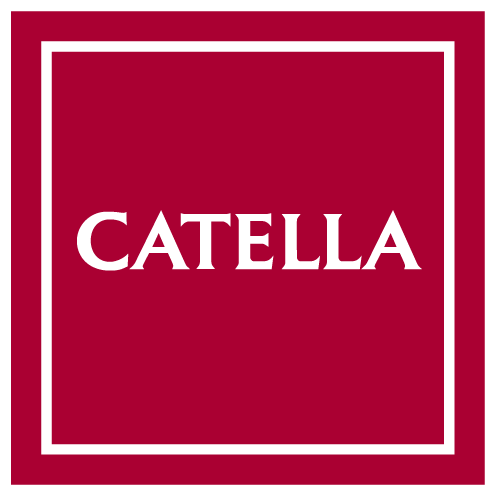The first quarter has passed, and we are once again looking forward to the early signs of spring. As always, the more positive signals like sun-drenched south-facing slopes and birdsong are interspersed with short and unexpected setbacks like icy winds and sudden snowfall. Right in the middle of this in-between period I today occupied myself with reading the Riksbank's latest monetary policy report, released in February 2017.
Let me share a quote: "Swedish economic activity is good and expected to strengthen further during the forecast period, although there are risks of setbacks linked to the political uncertainty abroad. Resource utilisation is currently above its normal level according to several indicators. Over the coming years, with a growth rate faster than normal, resource utilisation is expected to rise further. Swedish GDP growth has been strong for some time". That doesn't sound too bad. Currently a good level of economic growth. A predicted continuation of growth and, already, a high level of resource utilisation...
Despite this, the board decided to keep its repo rate unchanged at -0.50 percent, while what is called the "repo rate path" reflects the fact that there is still a greater probability that the rate will be cut than that it will be raised in the near future.
Meanwhile, Swedish households continue to consume on borrowed money. In recent months lending growth has been at an annualised 7.2 percent, leading to continuously rising debt. Household debt relative to disposable income is now around 180 percent and, according to the Riksbank, is expected to rise to 195 percent over the next 3 years.
In a more global perspective we can see similar signs of high optimism in many places. Consumer confidence for current conditions in the US reached its highest level since 2000 in March. This is also reflected in a strong stock market, with its performance highly correlated with consumer confidence. The question is simply whether actual developments will live up to expectations.
What happens the day that Swedish lending growth slows down? Or the day that someone or something triggers a wish for the debt burden to be cut? Many years of over-consumption will switch to savings. This is likely to be painful in some way. A shopping mall or two might lose its customers or a juice bar will have to close.
At Catella Funds we continue to strive to create added value for our unitholders in this environment. The year has started promisingly, with positive returns on all our managed products. Both our hedge funds and our fixed-income funds that target absolute returns have begun the year really well. However, our view of the market is cautions and we are, for example, maintaining very low exposure to the stock market in the Catella Hedgefond fund. We are placing great focus on limiting and diversifying risks while facing a potentially tougher market. We always advocate a well-diversified portfolio with elements of products that aim to achieve a positive absolute return, not least when investor euphoria is high. There is a risk of setbacks.
In conclusion, and as always, I would like to thank you for your support as clients and distributors and I hope for continued close dialogue.
Important information
Investments in fund units are associated with risk. Past performance is no guarantee of future returns. The money invested in a fund can increase and decrease in value and it is not certain that you will get back the full amount invested. No consideration is given to inflation. The Catella Balanserad, Catella Credit Opportunity and Catella Hedgefond funds are special funds under the Swedish Alternative Investment Fund Managers Act (SFS 2013:561) (AIFM). Catella Reavinstfond and Catella Småbolagsfond may use derivatives, and the value of the funds may vary significantly over time. The value of Catella Sverige Index may vary significantly over time. Catella Avkastningsfond may use derivatives and may have a larger proportion of the fund invested in bonds and other debt instruments issued by individual national and local authorities and within the EEA than other investment funds, in accordance with Chapter 5, Article 8 of the Swedish Investment Funds Act (SFS 2004:46). Catella Nordic Long Short Equity and Catella Nordic Corporate Bond Flex may use derivatives and may have a greater proportion of the funds invested in bonds and other debt instruments issued by individual national and local authorities and within the EEA than other investment funds. For more details, complete prospectuses, key investor information, and annual and half-yearly reports, please refer to our website at catella.se/fonder or phone +46 8 614 25 00.

